This Is What We’ll See When Betelgeuse Really Does Go Supernova
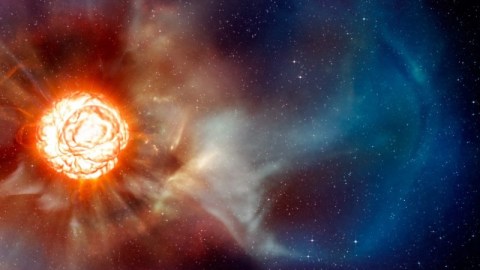
As the fabled star continues to dim, the world holds its breath and hopes. Here’s what’s in store when the fateful day arrives.
The stars in the night sky, normally static and unchanging, have an exception currently among them. Betelgeuse, the red supergiant that makes up one of the “shoulders” of the constellation Orion, has been not only fluctuating in brightness, but dimming in a fashion never before witnessed by living humans. Once among the 10 brightest stars in the sky, it’s now merely comparable to the brightness of the stars on Orion’s belt, and it continues to dim.
There’s no scientific reason to believe that Betelgeuse is in any more danger of going supernova today than at any random day over the next ~100,000 years or so, but many of us — including a great many professional and amateur astronomers — are hoping to witness the first naked-eye supernova in our galaxy since 1604. Although it won’t pose a danger to us, it will be spectacular. Here’s what we’ll be able to observe from here on Earth.
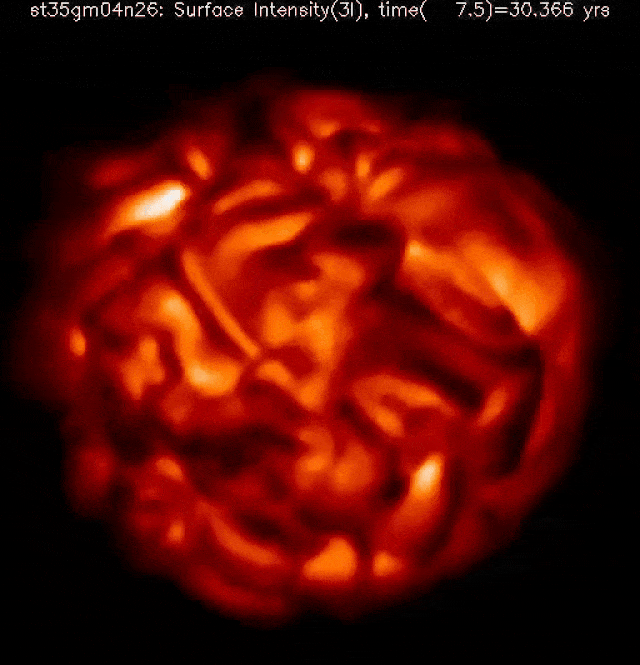
Right now, Betelgeuse is absolutely enormous, irregularly shaped, and with an uneven surface temperature. Located approximately 640 light-years away, it’s more than 2,000 °C cooler than our Sun, but also much larger, at approximately 900 times our Sun’s radius and occupying some 700,000,000 times our Sun’s volume. If you were to replace our Sun with Betelgeuse, it would engulf Mercury, Venus, Earth, Mars, the asteroid belt, and even Jupiter!
But there are also enormous, extended emissions around Betelgeuse from material that’s been blown off over the past few dozen millennia: matter and gas that extends out farther than Neptune’s orbit around our Sun. Over time, as the inevitable supernova approaches, Betelgeuse will shed more mass, continue to expand, dim-and-brighten chaotically, and will burn progressively heavier elements in its core.
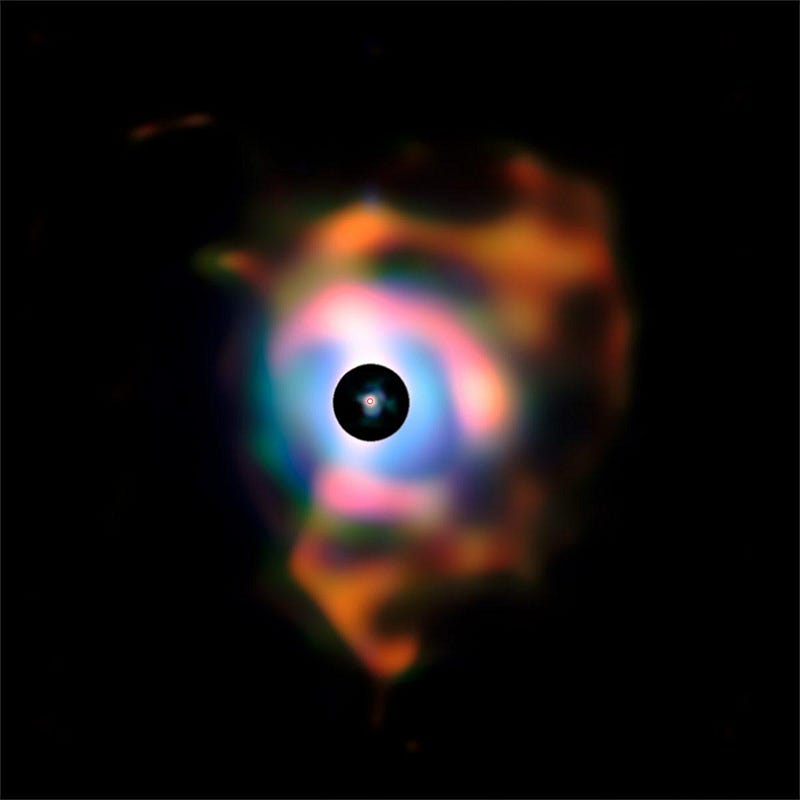
Even when it transitions from carbon to neon to oxygen to silicon fusion, we won’t have any directly observable signatures of those events. The rate of the core’s fusion and energy output will change, but our understanding of how that affects the star’s photosphere and chromosphere — the parts that we can observe — is too poor for us to extract concrete predictions about. The energy spectrum of the neutrinos produced in the core, the one observable we know will change, is irrelevant, as the neutrino flux is far too low to be detectable from hundreds of light-years away.
But at some critical moment in the star’s evolutionary process, the inner core’s silicon burning will reach completion, and the radiation pressure deep inside Betelgeuse will plummet. As this pressure was the only thing holding the star up against gravitational collapse, the inner core, composed of elements like iron, cobalt, and nickel, now begins to implode.
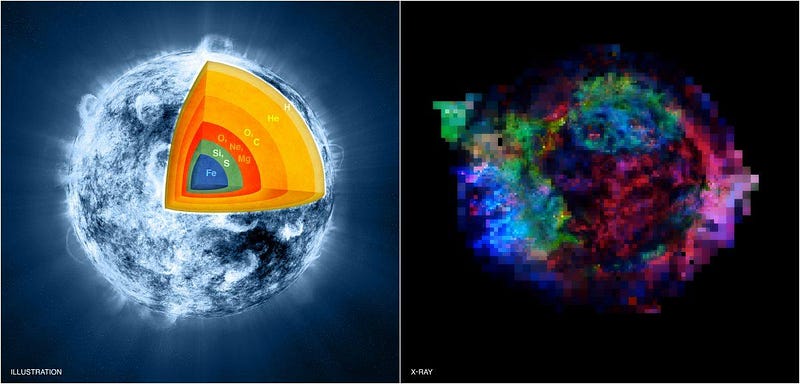
It’s difficult to imagine the scale of this: an object totaling about 20 solar masses, spread out over the volume of Jupiter’s orbit, whose inner core is comparable to (and more massive than) the size of the Sun, suddenly begins to rapidly collapse. As large as the gravitational force was pulling everything in on itself, it was counterbalanced by the radiation pressure coming from nuclear fusion in the interior. Now, that fusion (and that outward pressure) is suddenly gone, and collapse proceeds uninhibited.
The innermost atomic nuclei — a dense collection of iron, nickel, cobalt and other similar elements — get forcefully scrunched together, where they fuse into an enormous ball of neutrons. The layers atop them also collapse, but rebound against the dense proto-neutron star in the core, which triggers an incredible burst of nuclear fusion. As the layers pile up, they rebound, creating waves of fusion, radiation, and pressure that cascade through the star.
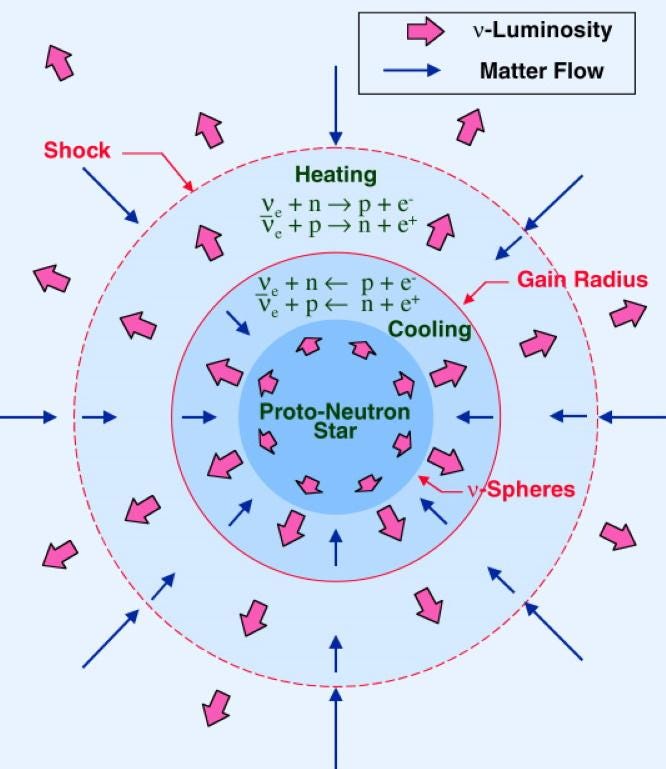
These fusion reactions take place over a timescale of approximately 10 seconds, and the overwhelming majority of the energy is carried away in the form of neutrinos, which hardly ever interact with matter. The remaining energy-carrying particles, including neutrons, nuclei, electrons, and photons, even with the intense amounts of energy imparted to them, have to have their energy cascade and propagate through the entire outer layers of the star.
As a result of this, the neutrinos become the first signals to escape, and the first signal to arrive on Earth. With the energies that supernovae impart to these particles — on the order of around ~10–50 MeV per quantum of energy — the neutrinos will move at speeds indistinguishable from the speed of light. Whenever the supernova actually occurs (or occurred, which could have been anytime from the 14th century onward), it will be the neutrinos that arrive here on Earth first, some 640 years later.
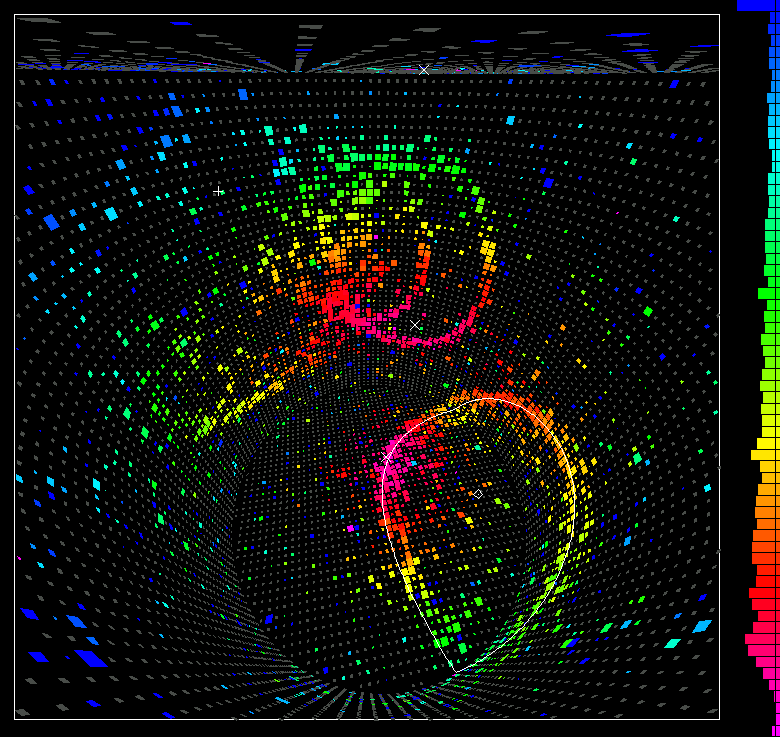
In 1987, a supernova from 168,000 light-years away wound up creating a signal of a little over 20 neutrinos across three small neutrino detectors that were operating at the time. There are many different neutrino observatories in operation today, much larger and more sensitive than the ones we had at our disposal 33 years ago, and Betelgeuse, just 640 light-years away only, would send a signal some 70,000 times stronger on Earth due to its close proximity.
In 2020, if Betelgeuse were to go supernova, our first surefire signature would come in the form of high-energy neutrinos flooding our neutrino detectors all over the world in a burst spanning some 10–15 seconds. There would literally be millions, perhaps even tens of millions, of neutrinos picked up all at once by these observatories. A few hours later, when the first energetic ripples created by this cataclysm reached the star’s outer layers, a “breakout” of photons would reach us: a swift spike that increased Betelgeuse’s optical brightness tremendously.
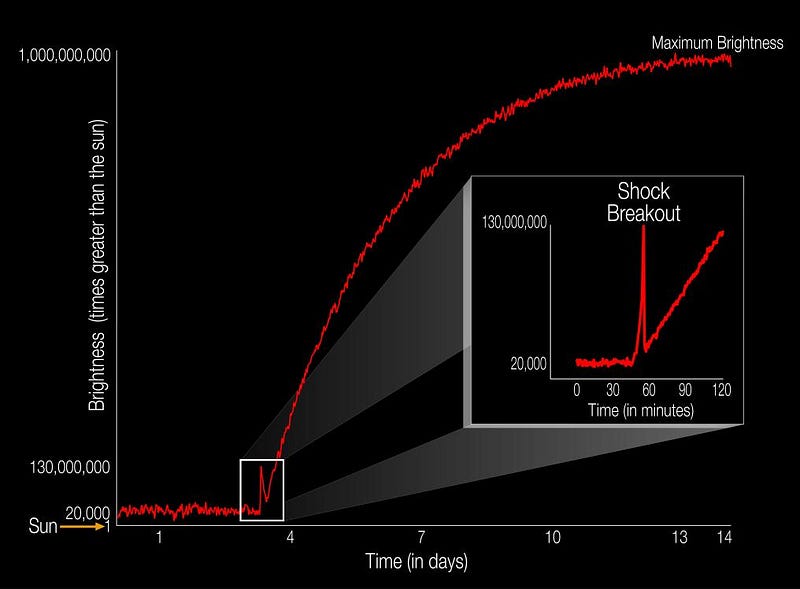
All of a sudden, the luminosity of Betelgeuse would spike by about a factor of 7,000 from its previously steady value. It would go from one of the brightest stars in the night sky to the brightness of a thin crescent Moon: about 40 times brighter than the planet Venus. That peak brightness would only last for a few minutes before falling again back to being just about 5 times brighter than it previously was, but then the traditional supernova rise begins.
Over a time period of approximately 10 days, the brightness of Betelgeuse will gradually rise, eventually becoming about as bright as the full Moon. Its brightness will surpass all the stars and planets after about an hour, will reach that of a half Moon in three days, and will reach its maximum brightness after approximately 10 days. To skywatchers across the globe, Betelgeuse will appear to be even brighter than the full Moon, as instead of being spread out over half a degree (like the full Moon), all of its brightness will be concentrated into a single, solitary, saturated point.
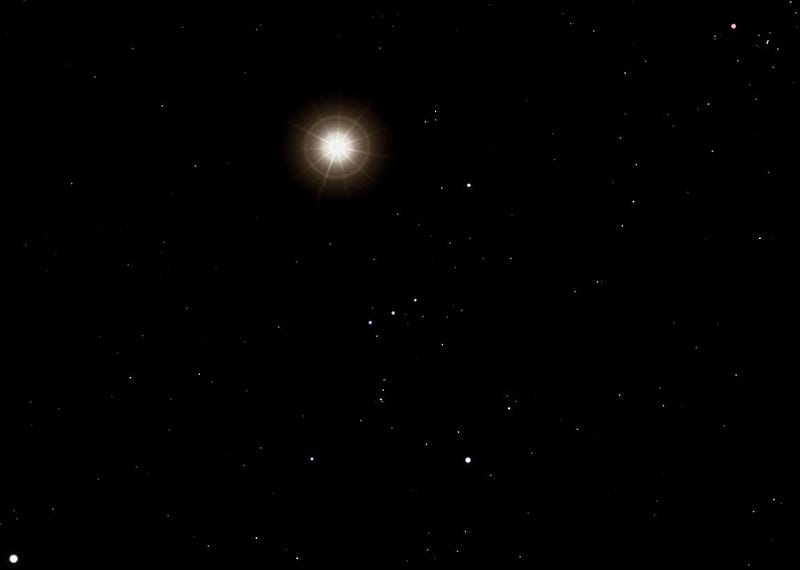
As a type II supernova, Betelgeuse will remain bright for a very long time, although there are large variations within these classes of supernovae for exactly how bright they become and how bright they remain over long periods of time. The supernova, after reaching maximum brightness, will slowly begin to fade over the timespan of about a month, becoming about as dim as a half Moon after 30 days time.
Over the next two months, however, its brightness will plateau, becoming dimmer only to instruments and astrophotographers; the typical human eye will not be able to discern a change in brightness over this time. All of a sudden, though, the brightness will drop precipitously over the next (fourth) month since detonation: it will go back to barely being brighter than Venus by the end of that time. And finally, over the next year or two, it will gradually fade out of existence, with the supernova remnant visible only through telescopes.
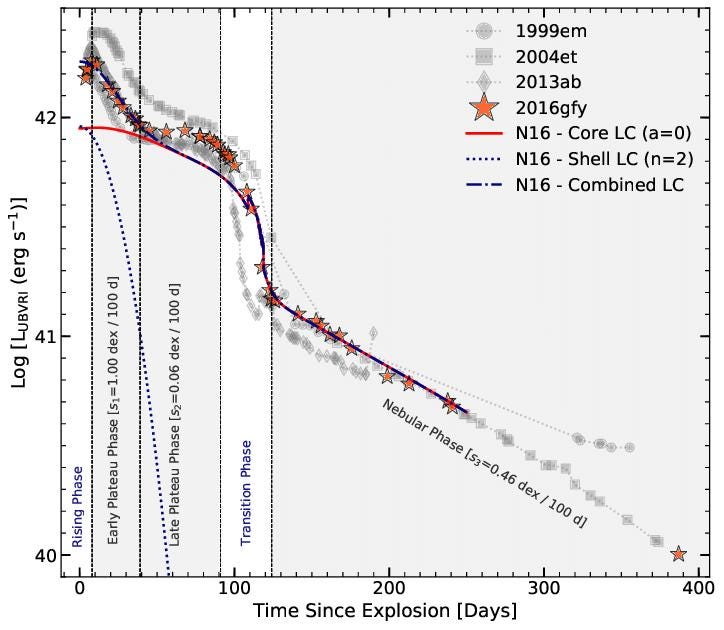
At peak brightness, Betelgeuse will shine approximately as brightly as 10 billion Suns all packed together; by the time a couple of years have gone by, it will be too faint to be seen with the naked human eye. The reason the supernova remains so bright for the first three months or so isn’t even from the explosion itself, but rather from a combination of radioactive decays (from cobalt, for example) and the expanding gases in the supernova remnant.
During those first three months or so, Betelgeuse will be so bright that it will be clearly visible during the day as well as the night; only after the fourth month or so will it become a nighttime-only object. And as it begins to fade from its brightness to look like a normal star once again, the extended structures should remain illuminated through a telescope for decades, centuries, and even millennia to come. It will become the closest supernova remnant in recorded history, and will remain a spectacular sight (and astronomical object of study) for generations to come.
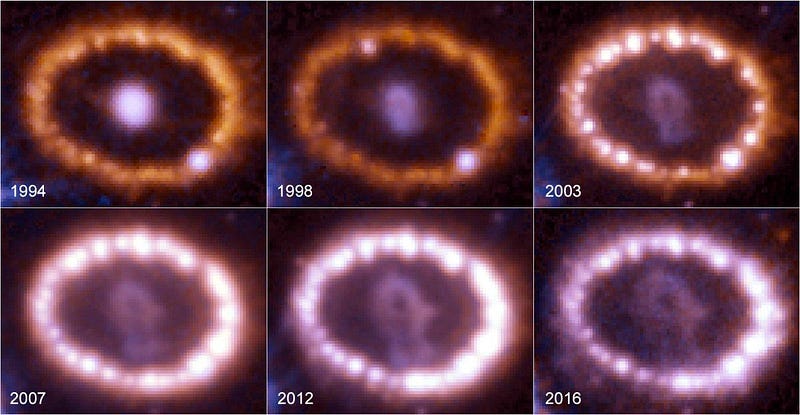
Whenever Betelgeuse finally does go supernova — and it could be tonight, next decade, or 100,000 years from now — it will become the most-witnessed astronomical event in human history, visible to nearly all of Earth’s inhabitants. The first signal to arrive won’t be visual at all, but will come in the form of neutrinos, a typically elusive particle that will flood our terrestrial detectors by the millions.
After that, a few hours later, the light will first arrive in a spike, followed by a gradual brightening over a little more than a week, which will fall off in stages over the coming months before gradually declining for years. The remnant, which consists of gaseous outer layers illuminated for thousands of years, will continue to delight our descendants for generations to come. We have no idea when the show will begin, but at least we know what to look for and expect when it actually occurs!
Ethan Siegel is the author of Beyond the Galaxy and Treknology. You can pre-order his third book, currently in development: the Encyclopaedia Cosmologica.





